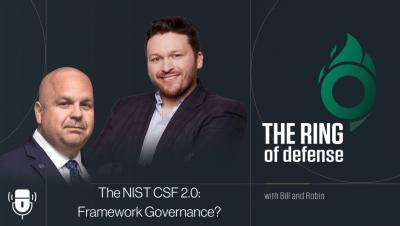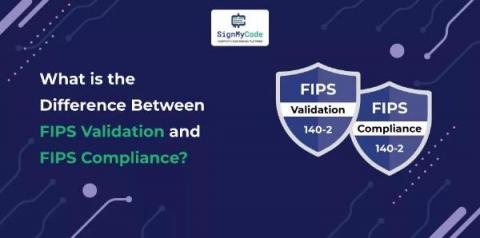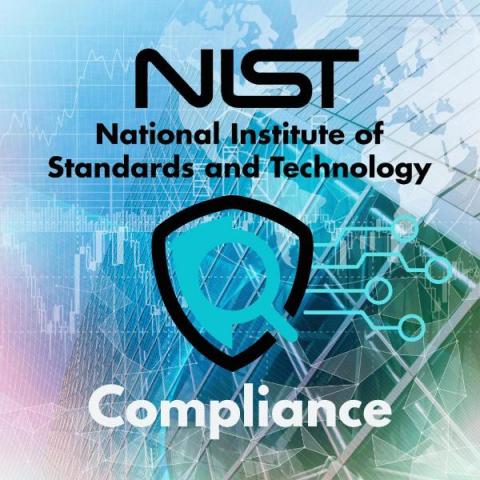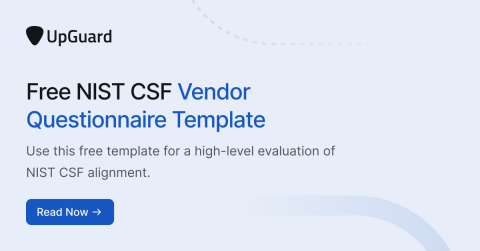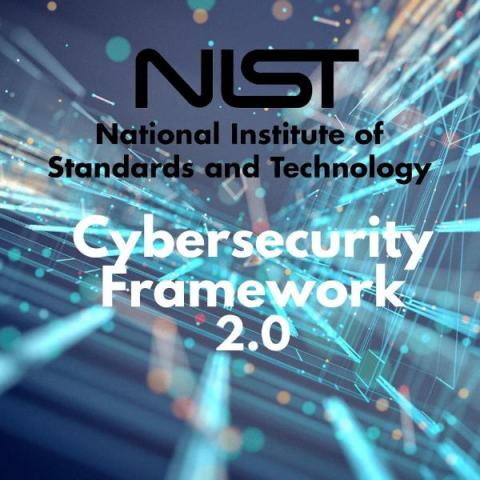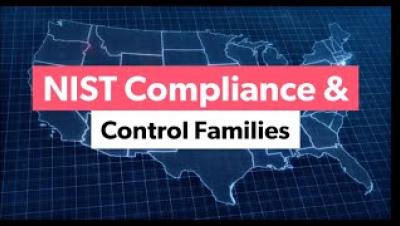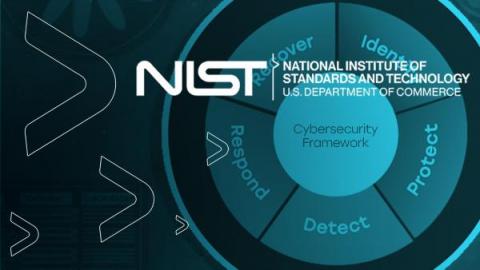Security | Threat Detection | Cyberattacks | DevSecOps | Compliance
NIST
The NIST CSF 2.0: Framework Governance?
FIPS 140-2: Validation VS Compliance
NIST established the crucial set of guidelines known as FIPS 140-2 to safeguard sensitive data, particularly for governmental organizations. It is to provide security and privacy when encrypting and decrypting data. The primary distinction between FIPS 140-2 validation and compliance is that. In contrast, validation involves determining if a system or product has been developed to comply with the standard’s requirements; compliance is putting those requirements into practice.
NIST Compliance for Enhanced Security
Free NIST CSF Vendor Questionnaire Template
NIST 800-124 Cybersecurity Publication Revision: How to Implement Mobile Security
In today's increasingly mobile-driven world, securing our digital assets and protecting sensitive information is of paramount importance. To address this need, the National Institute of Standards and Technology (NIST) recently released the latest version of their publication, NIST 800-124 Rev. 2: Guidelines for Managing the Security of Mobile Devices in the Enterprise.
NIST Cybersecurity Framework 2.0 (NIST CSF 2.0)
NIST Security Control Baselines
What's New in the NIST CSF 2.0 Draft?
The National Institute of Standards and Technology’s (NIST) Cybersecurity Framework (CSF) is undergoing a major update. The NIST CSF is one of the most widely used frameworks to help organizations understand and manage their cybersecurity risks. The NIST CSF was released as version 1.0 in 2014, updated to version 1.1 in 2018, and will be updated to version 2.0 early next year. NIST recently released a draft of CSF version 2.0.
Snyk Learn now aligns with the NIST NICE Workforce Framework
We are excited to announce that Snyk Learn, our developer-first cybersecurity education platform, is now aligned with the National Institute of Standards and Technology's (NIST) National Initiative for Cybersecurity Education (NICE) Framework.



